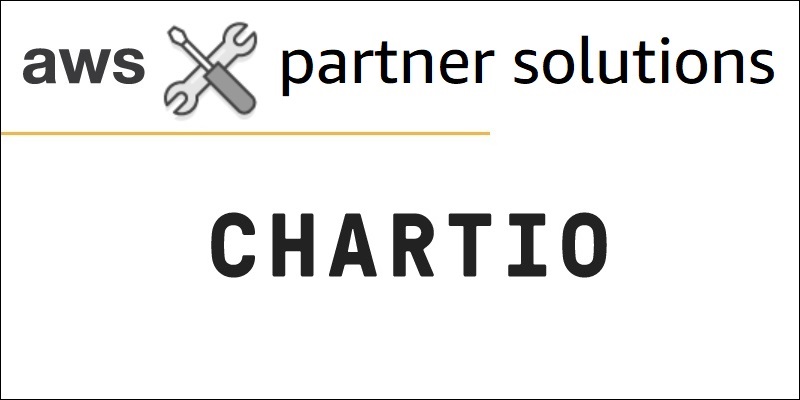AWS Partner Network (APN) Blog
Tag: Amazon Athena
The Most Viewed APN Blog Posts in 2019
Take a look at the most popular APN Blog posts in 2019. Our goal with this blog is to share timely and relevant news, technical solutions, partner success stories, and more from Amazon Web Services and the AWS Partner Network (APN) specifically. The APN is the global partner program for AWS and helps tens of thousands of organizations across the world build, market, and sell their AWS-based offerings. Thank you for reading, and Happy New Year!
How to Enable Mainframe Data Analytics on AWS Using Model9
Mainframe proprietary storage solutions such as VTLs hold valuable data locked in a platform with complex tools. This can lead to higher compute and storage costs, and make it harder to retain existing employees or train new ones. When mainframe data is stored in a cloud storage service, however, it can be accessed by a rich ecosystem of applications and analytics tools. Model9 enables mainframe customers to backup and archive directly to AWS.
Using ‘athena-express’ to Simplify SQL Queries on Amazon Athena
Deloitte’s Gary Arora, an APN Ambassador, will show you how to integrate an application with Amazon Athena to execute SQL queries with ‘athena-express.’ This is a wrapper around the AWS SDK that can simplify executing SQL queries in Amazon Athena and fetch the JSON results in the same synchronous call—a capability well suited for many web applications. Developers can use ‘athena-express’ to help save time and effort in setting up the integration and focus on core application development.
Now You Can Query and Visualize Amazon Athena Data Directly in Chartio
Amazon Athena is a Presto-distributed SQL engine used to query unstructured data using standard SQL, where you pay only for the amount of data you query. Chartio, an AWS Competency Partner, recently announced support for Athena. Their solution allows you to query and visualize data stored in an Amazon S3 data lake using standard SQL. You can also use their visual drag-and-drop SQL layer, which generates native SQL queries for you.



